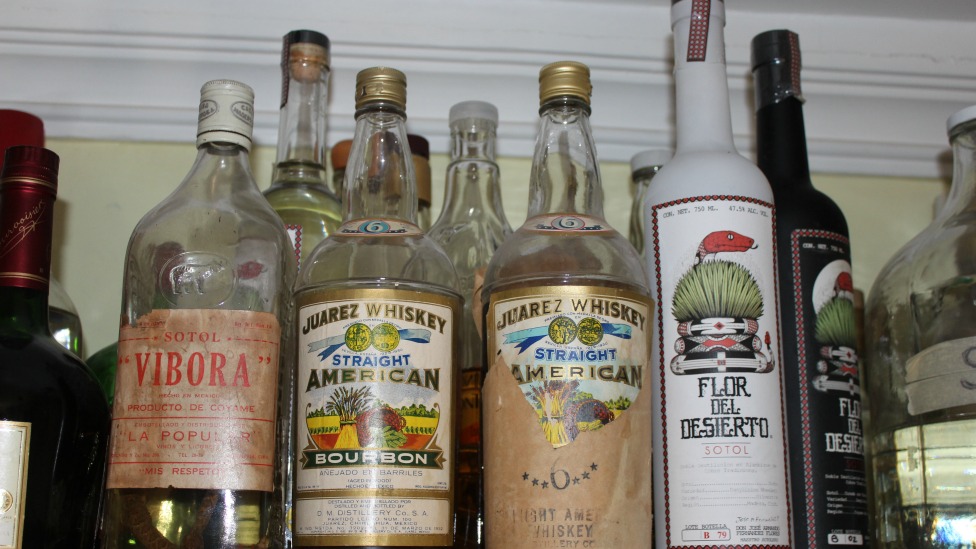
We’re very optimistic about the development there, and we introduce a limited-edition cask selection each year at Whisky Live Shanghai.” “King Car has ten branches in different provinces and three Kavalan stores in Shanghai, which will continue to expand in the future. “In recent years, the scale of China’s whisky market has grown year by year reaching a scale of CNY3bn (US$417.1m) in 2020, and the population of whisky consumers is getting younger,” observes Tsai. The strategy has clearly worked and now the hugely promising Chinese market is a clear priority for the business. What followed were years of hard work and investment from Kavalan owner King Car, including the opening of a branded whisky bar and stores - not to mention entering a number of international competitions, with great success. During that time, people tended to buy whiskies from Scotland or other traditional whisky-making regions.” “This was because we are a Taiwanese whisky without an age statement: We don’t have a big number on the bottle. “When Kavalan Classic, known as Taiwan’s first single malt whisky, launched in December, it was very hard for us to sell, even in Taiwan,” she recalls. Today, Kavalan, a standard bearer for Taiwanese whisky, is sold in more than 60 markets - but it wasn’t always the case, according to brand ambassador & global PR officer Sandra Tsai. But, only 20 years ago, there was novelty to the sight of Japanese whiskies winning international awards, let alone expressions from elsewhere in Asia, such as India or Taiwan. The more traditional whisky-producing nations of Ireland, the US and Canada have long histories and a well-established global status, even if they have experienced their share of ups and downs over the centuries. The trade has also acknowledged this change in consumer behaviour, and is very receptive to listing New World whiskies.”Īmid the optimism, it’s easy to forget how quickly things have changed.

“Consumers are willing to experiment and try new brands, but will switch only if they like the quality of the liquid inside. “The rising popularity of New World whiskies is ample evidence that there was a need to introduce something different, something unique,” he says. Here, Sanjeev Banga, president of international business, echoes Ashar’s view. Some 2,000km northeast of Goa lies the city of Rampur, which gives its name to another emergent Indian single malt whisky, owned by Radico Khaitan. Meeting the demand for something different and unique With the growth of consumers came a need to experiment more, and appreciation beyond the regular Scotch developed, pushing the industry to up its game.”įor Paul John, Asia’s “big drinking culture” is now a major growth priority as consumers seek more choice in premium whiskies, with France, Germany and the UK also promising thanks to a consumer willingness to explore and experiment. “Similarly, the whisky industry has taken up its wheel to turn outside Scotch with Irish, Welsh, American Bourbons and ryes, to Asia with Japan, Taiwan and India. “We’ve seen the world order of wine change long ago from the Old World wines of France, Italy, Spain, Germany and Portugal to the Americas, Australasia and South Africa, and on to the new New World of wines from India, Lebanon, China, Vietnam, Thailand, etc. “This is not a new trend,” says Heemanshu Ashar, global brand ambassador for Paul John, the single malt produced in Goa, India, by John Distilleries.

Long gone are the days when Scotch could claim to enjoy any form of automatic pre-eminence over all other contenders in the whisky/whiskey industry - and rival origins were left to compete at lower price points, while luxury blends and single malts ruled the high-end.Īs American and Irish whiskey producers have grown in confidence on the back of spiralling consumer demand, less-heralded whisky nations have also refused to accept the status quo - aware that the market has moved on in search of fresh excitement. Radico Khaitan’s Rampur Distillery in the foothills of the Himalayas dates from 1943 and is the oldest distillery in India - SpiritsĬonsumers’ willingness to try something new has led to a spike in the popularity of ‘New World’ whiskies, but Irish whiskey is the world’s fastest-growing premium spirit.


 0 kommentar(er)
0 kommentar(er)
